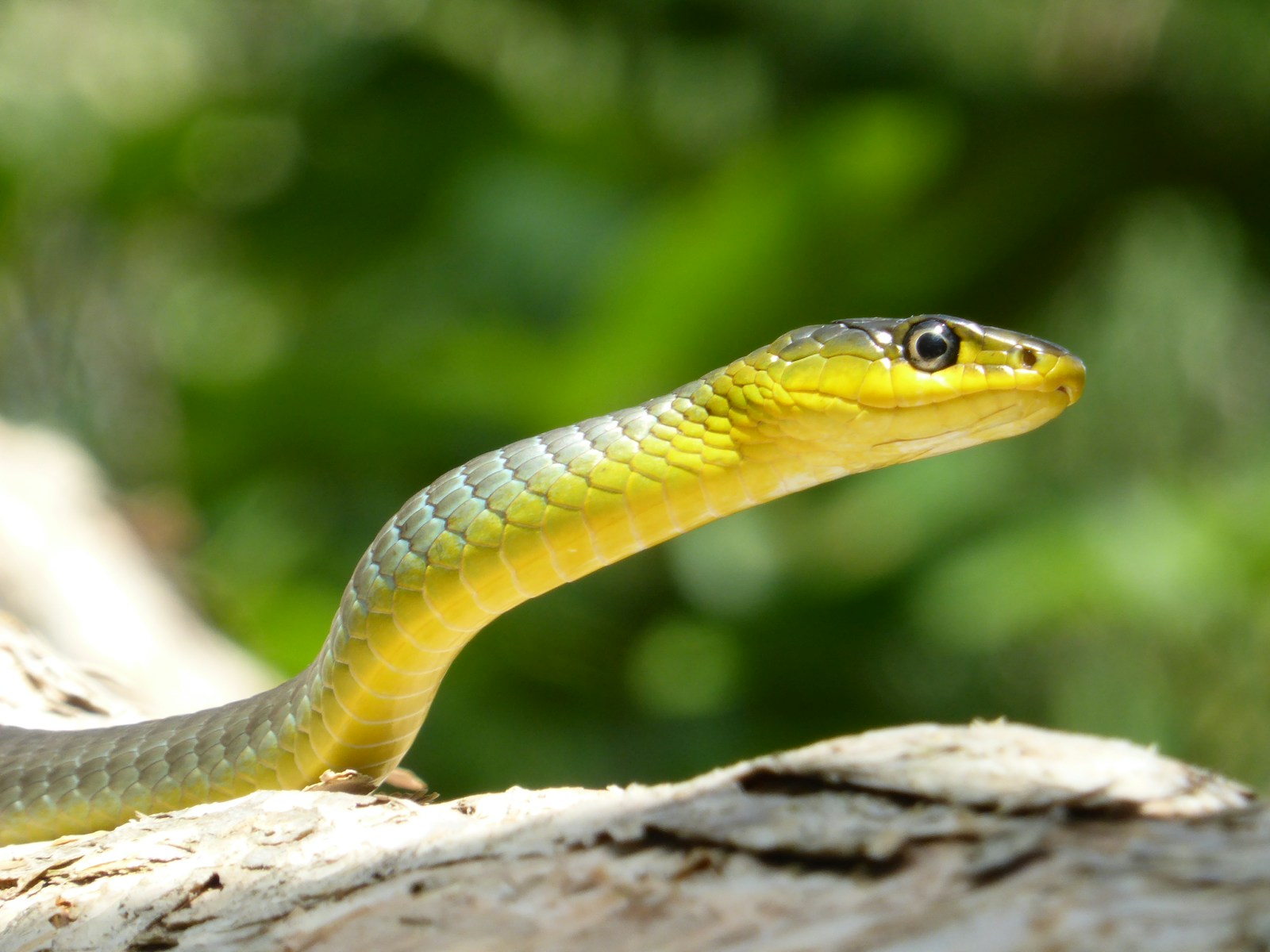Snakes, often considered among the most enigmatic of reptiles, possess remarkable navigational abilities that allow them to find their way back to their home ranges even after being displaced significant distances. While research on snake navigation has historically lagged behind studies of other animals like birds or sea turtles, recent scientific discoveries have revealed fascinating insights into how these legless reptiles maintain their internal compasses. Non-venomous snakes in particular have demonstrated impressive homing abilities that enable them to return to familiar territories after traveling miles away. From using the position of the sun to detecting Earth’s magnetic field, these reptiles employ a sophisticated array of sensory mechanisms to navigate through diverse landscapes. This article explores the various strategies and sensory adaptations that non-venomous snakes utilize to find their way home, shedding light on one of nature’s most intriguing navigational puzzles.
The Remarkable Homing Instinct of Snakes
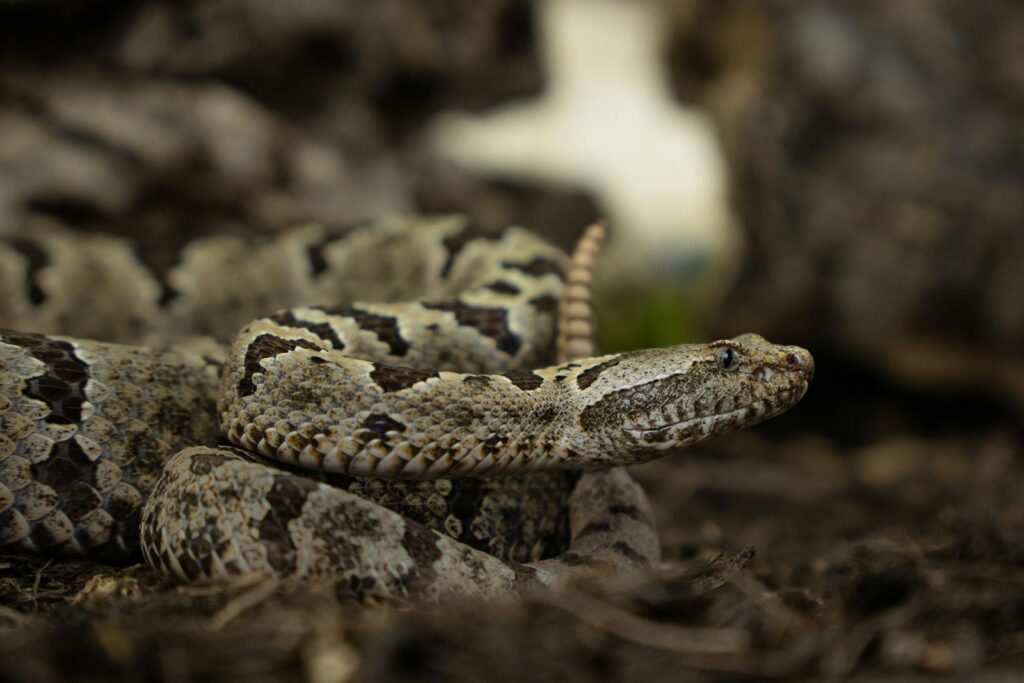
Non-venomous snakes possess a natural ability to return to their home territories, a phenomenon that has fascinated herpetologists for decades. This homing instinct enables species like rat snakes, garter snakes, and pythons to navigate back to familiar territory even when displaced by several miles. A study conducted on timber rattlesnakes (though venomous, the navigational principles apply to non-venomous species as well) found that specimens could successfully return to their den sites after being relocated up to 4.5 miles away. This innate navigational ability serves multiple ecological purposes, including returning to proven hibernation sites, maintaining access to reliable food sources, and reconnecting with potential mates in familiar territories. The consistency of this behavior across multiple snake species suggests it represents a fundamental adaptation crucial to their survival rather than a coincidental capability.
Solar Navigation: Following the Sun
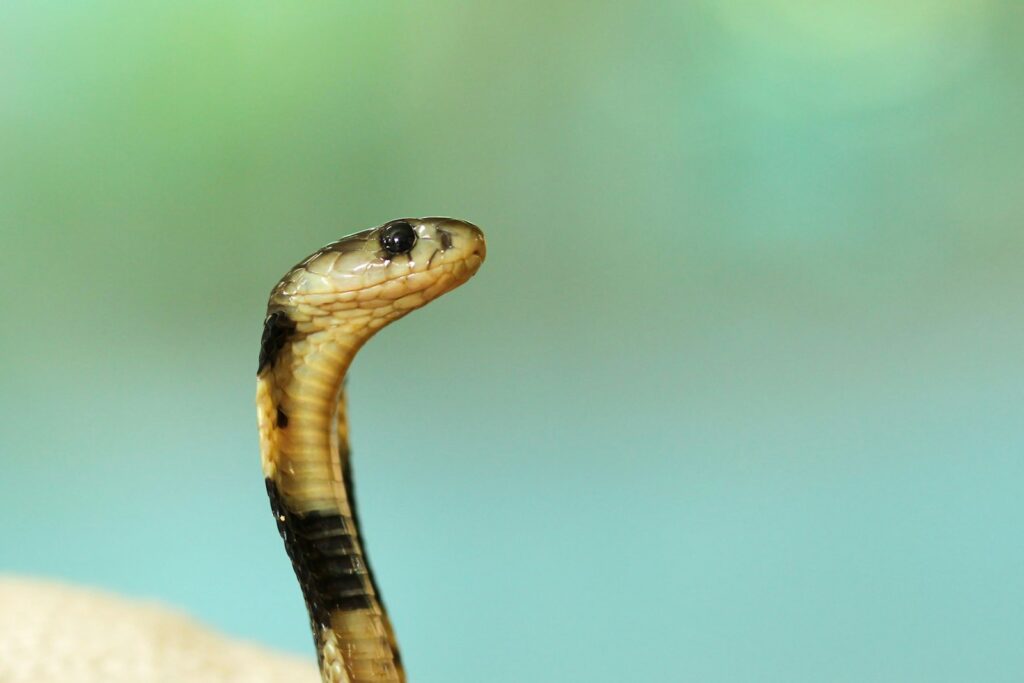
Many non-venomous snakes rely on celestial cues, particularly the position of the sun, to maintain directional awareness during their journeys home. Researchers have observed that some species can detect polarized light patterns in the sky, which provide consistent directional information even when the sun itself is obscured by clouds. Experiments where snakes were released under different sky conditions revealed that their navigational accuracy diminished significantly on completely overcast days when solar cues were unavailable. This solar compass system appears to function similarly to what has been extensively documented in migratory birds, though adapted to the snake’s ground-level perspective. When utilizing solar navigation, snakes must also possess an internal clock mechanism to compensate for the sun’s movement across the sky throughout the day, ensuring they maintain a consistent heading regardless of the time of release.
Magnetic Field Detection in Serpents
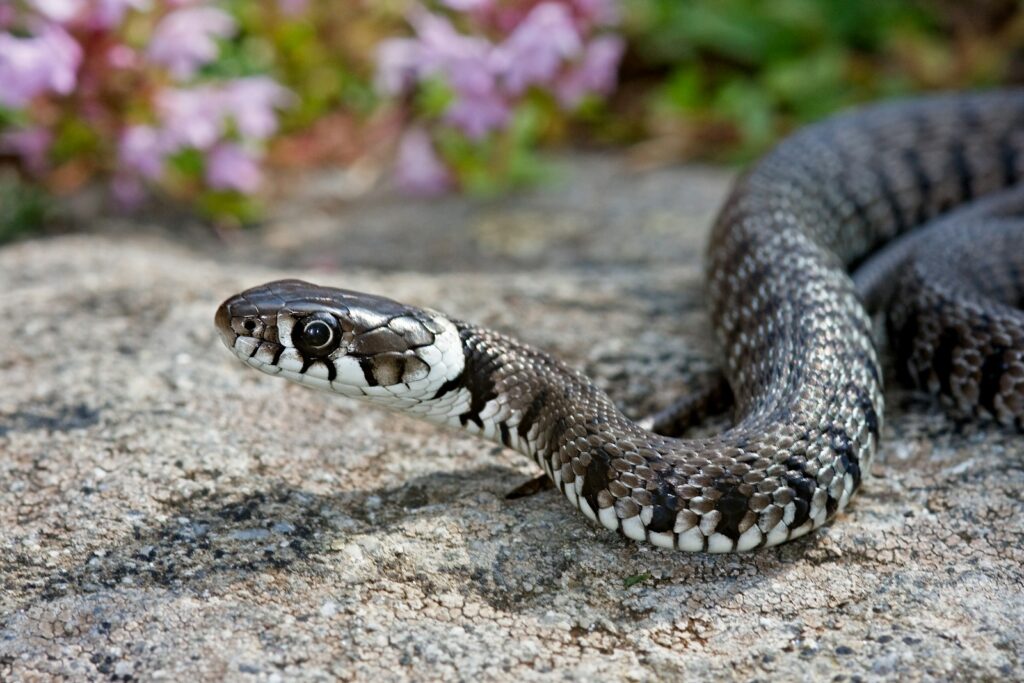
One of the most sophisticated navigational tools in a snake’s arsenal is their ability to detect Earth’s magnetic field, giving them what amounts to a built-in compass. Scientific studies have identified magnetite crystals in some snake species’ brains, particularly in the ethmoid region, which may function as magnetoreceptors similar to those found in migratory birds and sea turtles. When researchers experimentally disrupted the magnetic field around displaced snakes, their homing ability became noticeably impaired, suggesting this sensory system plays a crucial role in long-distance navigation. This magnetic sensitivity appears to provide snakes with both directional information (compass sense) and potentially positional information (map sense) that helps them determine not just which way is north, but potentially where they are relative to their home territory. The magnetic detection system likely works in concert with other navigational strategies, providing redundancy that ensures successful homing even when certain environmental cues are unavailable.
Olfactory Mapping: Following Scent Trails
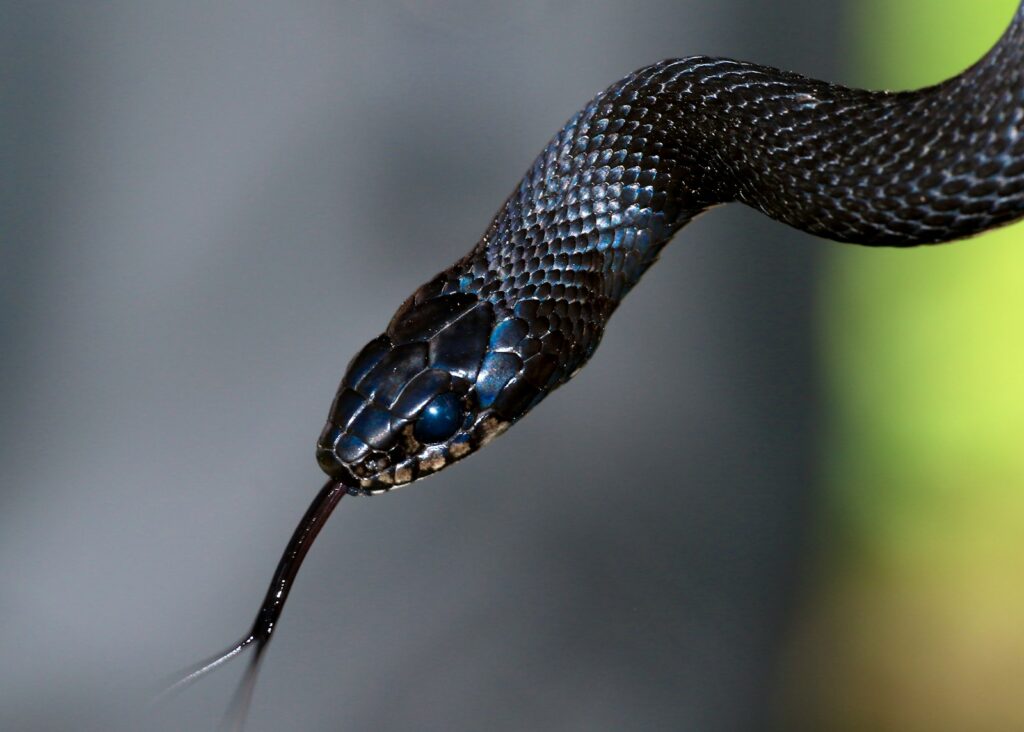
The extraordinary olfactory capabilities of non-venomous snakes play a pivotal role in their navigation strategies, especially as they approach familiar territory. Unlike mammals that primarily detect airborne scents, snakes employ their forked tongues to collect chemical particles from the environment and transfer them to the vomeronasal organ (Jacobson’s organ) in the roof of their mouth for analysis. This specialized chemosensory system allows snakes to create detailed “odor maps” of their territories, memorizing the unique chemical signatures of different locations. Some species can detect and follow concentration gradients of familiar scents, essentially sensing when they’re getting closer to home based on increasing familiarity of environmental chemicals. Research has demonstrated that snakes with experimentally blocked olfactory systems showed significantly reduced homing success, underscoring the critical importance of scent detection in successful navigation, particularly in the final approaches to their home range.
Visual Landmarks and Spatial Memory

Despite their reputation for poor eyesight, many non-venomous snake species possess adequate vision to recognize distinctive landmarks that aid in navigation. Species like rat snakes and racers have demonstrated the ability to memorize visual features of their environment such as distinctive trees, rock formations, or even human structures that serve as navigational reference points. Experiments tracking snake movements have revealed that they often travel along predictable paths that follow specific landscape features, suggesting they’re using visual memory to guide their journeys. The spatial memory capabilities of snakes allow them to create internal maps of their home ranges, remembering not just the appearance of landmarks but their spatial relationships to one another. This cognitive mapping ability enables snakes to take novel shortcuts between familiar locations, demonstrating a level of spatial intelligence previously underestimated in these reptiles.
Infrared Detection and Thermoregulatory Navigation
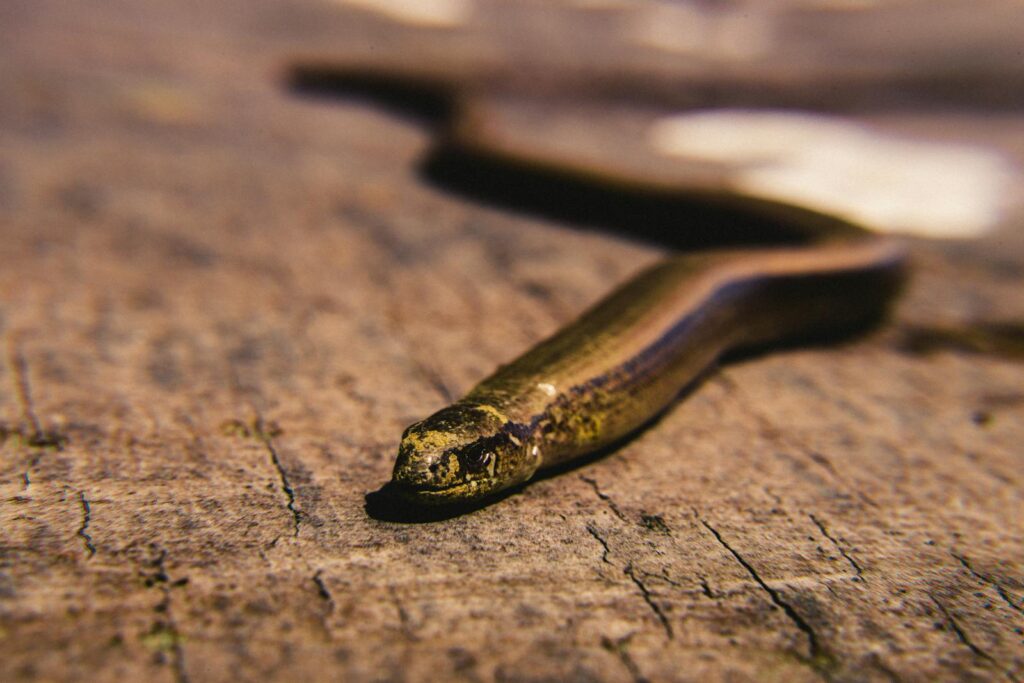
While primarily associated with pit vipers, some non-venomous snakes such as pythons and boas possess infrared-sensitive pit organs that can detect thermal radiation in their environment. These specialized heat-detecting organs may contribute to navigation by allowing snakes to perceive the thermal landscape around them, potentially identifying warm rocks, sun-exposed clearings, or other thermal features that could serve as landmarks. Thermal navigation may be particularly important during seasonal migrations to hibernation sites, as snakes can detect the temperature gradients that lead toward suitable overwintering locations. Research has shown that even species without specialized pit organs demonstrate preferences for thermally optimal travel routes, suggesting temperature detection plays an important role in their navigational decisions. This thermal sensing capability provides snakes with an additional sensory dimension for creating their cognitive maps, complementing their visual, olfactory, and magnetic detection systems.
Topographic Awareness and Gravitational Cues
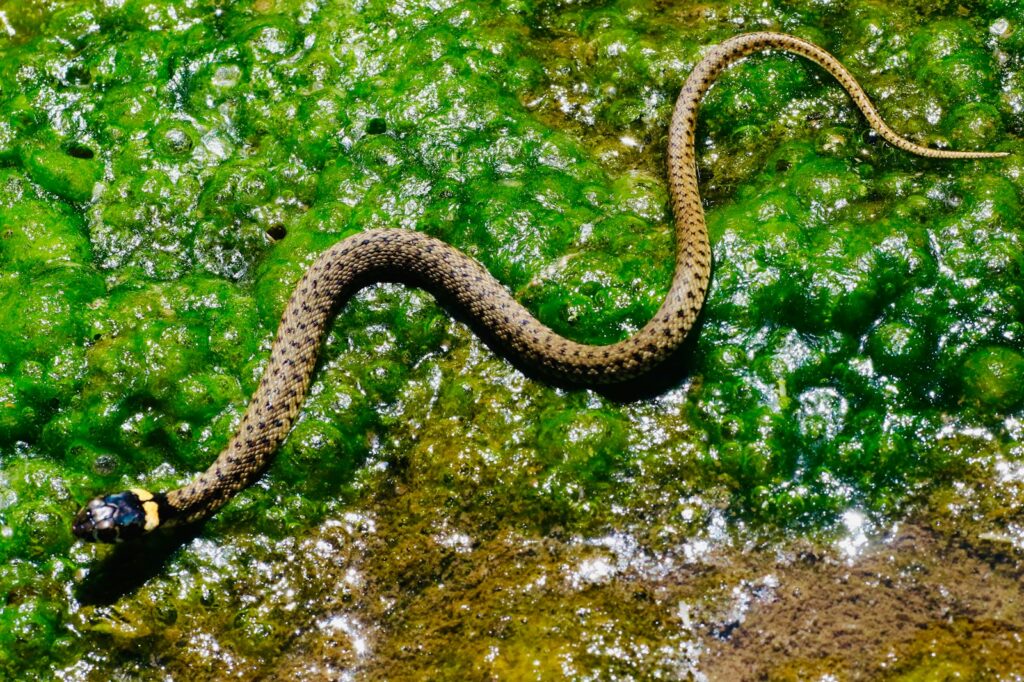
Non-venomous snakes display remarkable awareness of landscape topography that aids in their navigational efforts. Researchers have observed that many snake species preferentially travel along natural landscape features like ridgelines, stream corridors, or the edges of fields and forests, suggesting they use these topographic elements as navigational guides. The vestibular system in snakes, which detects gravitational forces and head position, enables them to maintain awareness of whether they’re moving uphill, downhill, or on level ground, providing additional directional information during their journeys. Some species, particularly those living in hilly or mountainous regions, appear to integrate this gravitational information into their navigational strategies, creating three-dimensional mental maps of their territories. This topographic awareness helps explain why translocated snakes released in completely flat, featureless environments often show more disoriented behavior than those released in areas with distinct landscape features.
Seasonal Navigation Patterns
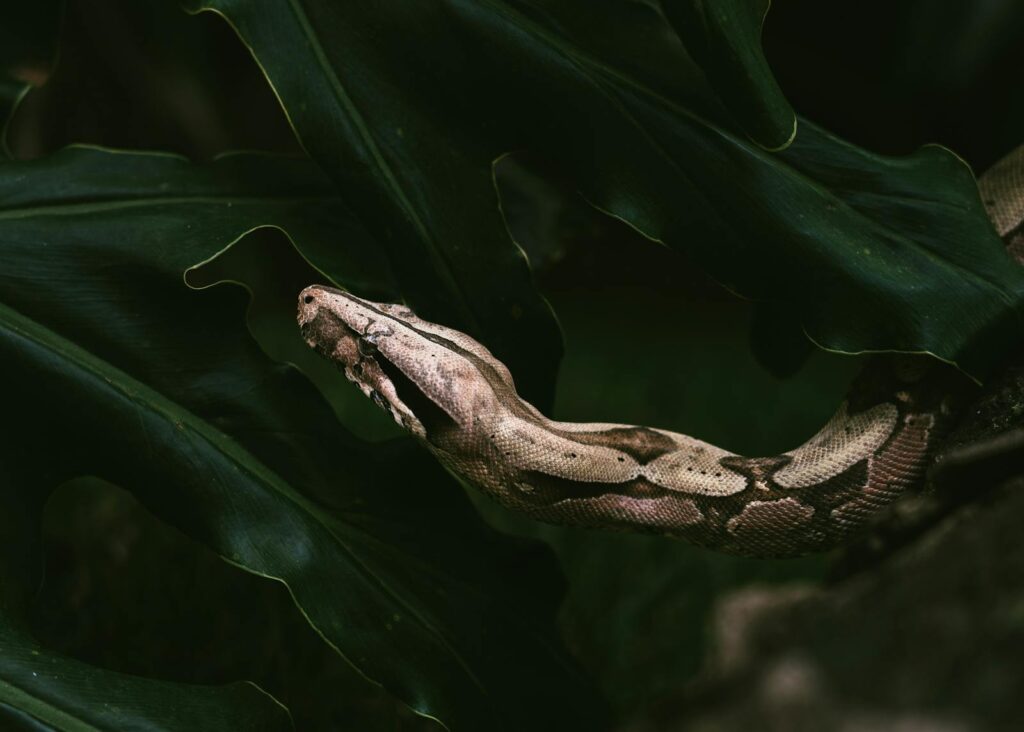
The navigational capabilities of non-venomous snakes often display distinct seasonal patterns that correspond to their annual life cycles. During spring emergence from hibernation, many species exhibit precise navigational movements that direct them to specific foraging grounds or breeding areas, often following the exact routes used in previous years. Summer movements typically involve shorter-distance navigation within established home ranges, with snakes showing familiarity with the locations of key resources such as preferred hunting areas, shelter sites, and basking locations. Fall navigation becomes highly directed as snakes return to overwintering sites, with some species traveling several miles with remarkable precision to reach specific hibernacula used year after year. Winter dormancy periods serve as a natural “reset” for annual navigation cycles, with the emergence location in spring serving as the starting point for each year’s journeys, creating a cyclical pattern to their navigational behaviors.
Collective Navigation and Social Learning

Although snakes are generally considered solitary creatures, evidence suggests that some non-venomous species benefit from collective knowledge when navigating to important locations. Young snakes, for instance, may initially follow adults to learn the routes to crucial resources like hibernation dens, effectively passing navigational knowledge between generations. In communal denning species like garter snakes, individuals may follow the scent trails of conspecifics, creating well-established migration corridors that lead to traditional hibernation sites used by many snakes. Researchers have observed that in areas with high snake densities, distinct travel pathways become established through repeated use, creating a network of “snake highways” that connect important habitat features. This social dimension to snake navigation suggests that while each individual possesses its own navigational capabilities, they may also benefit from the collective spatial knowledge of the population.
Experimental Evidence of Snake Homing Abilities

Scientific studies have provided compelling evidence of non-venomous snakes’ remarkable homing abilities through carefully designed translocation experiments. In one landmark study with eastern rat snakes, researchers fitted specimens with radio transmitters and relocated them up to 2 miles from their capture locations, finding that 70% successfully returned to their original territories within two weeks. Another experiment with common garter snakes demonstrated that adults could navigate back to their home ponds even when released in unfamiliar forests with no direct line of sight to water. The most sophisticated studies have manipulated specific sensory inputs—blocking olfaction, disrupting magnetic reception, or testing under different sky conditions—to isolate which navigational systems snakes rely on most heavily in different contexts. These translocation experiments consistently show that non-venomous snakes possess multiple, redundant navigational systems that allow them to find their way home even when certain environmental cues are unavailable, highlighting the robustness of their spatial awareness.
Challenges to Snake Navigation in Human-Modified Landscapes

The navigational abilities of non-venomous snakes face significant challenges in landscapes altered by human development. Roads and highways create dangerous barriers that fragment snake territories and interrupt traditional movement corridors, forcing snakes to either risk crossing these hazards or adapt their navigational patterns. Urban and suburban development eliminates familiar landmarks and introduces novel structures that can confuse snakes’ spatial memory systems, potentially disorienting individuals attempting to navigate through recently modified environments. Light pollution in developed areas may interfere with celestial navigation, while electromagnetic fields from power lines and other infrastructure could potentially disrupt magnetic field detection in sensitive species. Research has shown that snakes relocated to highly developed areas show significantly lower homing success rates compared to those released in natural habitats, highlighting how human landscape modification directly impacts these reptiles’ ability to navigate effectively.
Conservation Implications of Snake Homing Behavior

Understanding the homing behavior of non-venomous snakes has important implications for conservation strategies aimed at protecting these often-misunderstood reptiles. The strong site fidelity and navigational abilities of many snake species means that simply relocating “nuisance” individuals long distances from human habitations is often ineffective, as the snakes may undertake dangerous journeys attempting to return to their original territories. Conservation translocation programs designed to establish new populations must account for snakes’ homing tendencies by moving entire cohorts, including juveniles that haven’t yet established strong site fidelity. Protected area design should consider the natural movement corridors and navigational cues used by native snake species, preserving landscape features that facilitate their movements between critical habitat areas. By incorporating knowledge of snake navigation into conservation planning, wildlife managers can develop more effective strategies that work with, rather than against, the innate spatial behaviors of these ecologically important reptiles.
Future Research Directions in Snake Navigation
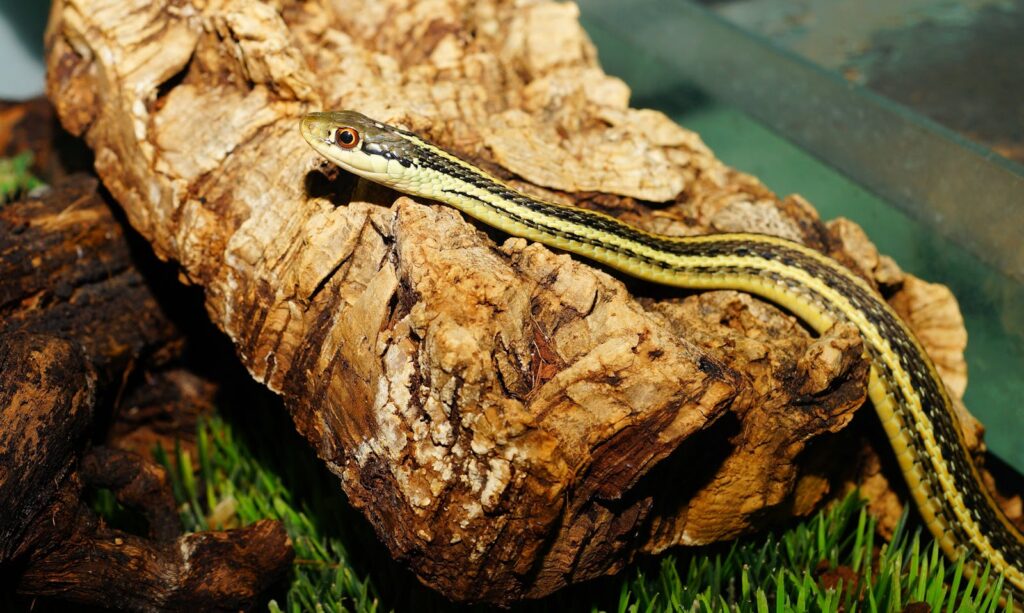
The field of snake navigation research stands at an exciting frontier, with numerous questions still awaiting answers from future scientific investigation. Advanced tracking technologies such as miniaturized GPS devices and accelerometers promise to reveal much finer details about snake movements than was previously possible with traditional radio telemetry. Neurobiological studies are beginning to explore the brain structures involved in different aspects of navigation, potentially revealing how snakes integrate information from multiple sensory systems to create cohesive spatial awareness. Comparative studies across different snake families could illuminate how navigational abilities have evolved across the snake family tree and identify which capabilities represent ancient shared traits versus specialized adaptations. As climate change alters seasonal patterns and habitat characteristics, researchers are also investigating how these changes might affect the environmental cues snakes rely on for navigation, potentially disrupting traditional movement patterns that have evolved over millennia.
Conclusion
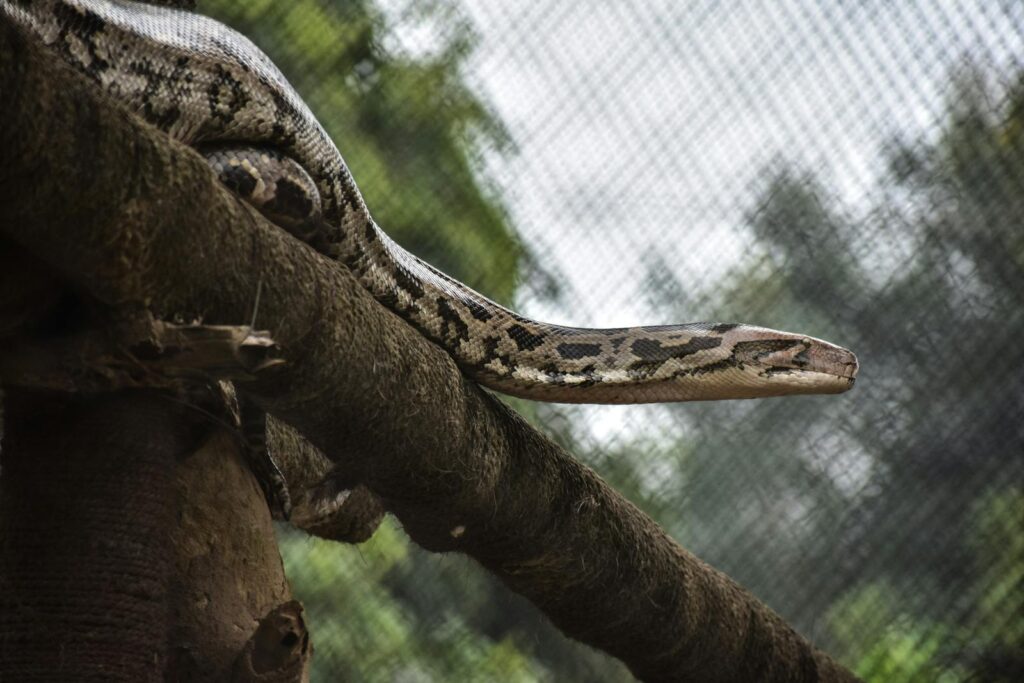
The remarkable homing abilities of non-venomous snakes represent one of nature’s most sophisticated navigational systems, combining multiple sensory modalities into an integrated spatial awareness that guides these reptiles across varied landscapes. From detecting Earth’s magnetic field to creating detailed olfactory maps, from recognizing visual landmarks to sensing thermal gradients, snakes employ a redundant array of navigational tools that ensures they can find their way home even when certain environmental cues are unavailable. This navigational prowess not only facilitates their survival by allowing access to crucial resources like hibernation sites and feeding grounds but also presents important considerations for conservation efforts. As research technology advances, our understanding of snake navigation continues to deepen, revealing these often-maligned reptiles as possessing spatial intelligence and environmental awareness far more complex than previously understood. In their silent journeys across miles of territory, snakes demonstrate nature’s extraordinary capacity for developing specialized solutions to the universal challenge of finding one’s way home.

